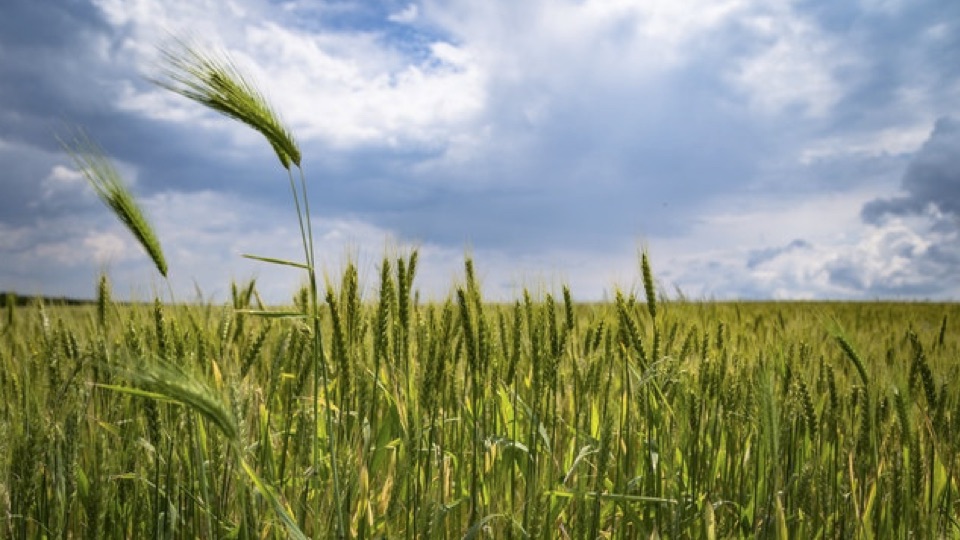The food and drinks we consume are meant to sustain our bodies and minds. A trip to the grocery store should be simple, and the food we purchase should be healthy and safe to consume.
That said, I wanted to take some time to discuss GMOs and organic foods. I know the topic has been covered before, but a simple refresher course is a good thing and there are still people out there who may not know.
GMOs
GMO stands for “Genetically Modified Organisms.” Let’s break down each of those words.
Genetically: Referring to or originating from the word ‘genes.’ In a way that relates to genes or genetics OR in a way that relates to origins or development.
Modified (Modify): To transform a structure from its original anatomical form during development. To make changes or alter something.
Organisms: Material structures of an individual life form. Animals, plants, fungi, and almost every living thing.
So, simply put, GMOs are living materials that has had their genetic code altered in some way. The genetic makeup is modified in a lab using technology or engineering. This results in the creation of combinations of plant, animal, bacterial, and genes that don’t occur in nature.
Why GMOs?
GMOs have been around for much longer than many people know. Initially, there were claims from the company Monsanto that genetically engineered crops would be beneficial to the environment. Supposedly, they would reduce the amount of pesticides that needed to be used while increasing crop yields.
It’s been over 20 years and the benefits haven’t really held up. The whole point of GMOs was to keep the use of pesticides low. Unfortunately, the use of glyphosate (an ingredient in Monsanto’s Roundup) herbicide has increased.
WHO, the World Health Organization actually classified glyphosate as “probably carcinogenic to humans.” Farmers that have been exposed to it have two times the risk of developing a form of blood cancer called non-Hodgkins lymphoma. You don’t have to take my word for it; check out this Glyphosate Fact Sheet for yourself.
The idea that GMOs would be herbicide-resistant in order to withstand intense blasts of glyphosate is terrifying to say the least. It does kill the weeds and it’s said that the crops survive while the weeds die. Sadly, 16 times more herbicide is used and it’s harming the environment and everything that exists within it.
Food isn’t meant to be perfect. Some of the expectations in regards to GMO food is that it is “perfect.” They don’t want the apples to turn brown and they want perfect shapes and sizes every single time. I don’t think that is reality-based; some of the best apples I’ve eaten were lopsided and what some may consider unattractive.
When plants are sprayed with chemicals, those chemicals are absorbed by the plants. It’s been said that all you have to do is wash your fruits and veggies but how can that be all that’s needed? The plant is sucking up everything put onto them. In turn, we are eating those chemicals.
Organics
Organic food, whether it be produce or meats, is produced without the use of chemical fertilizers, pesticides, herbicides or any other artificial agents.
Natural solutions against pests and for better crop yields have existed for many years and they do work. In my opinion, I’d rather find a worm in my apple than to be plagued by some chemical.
Organic produce is grown naturally and uses natural fertilizer. Weed control is handled naturally as well by simply hand weeding or using mulch. In some cases, farmers will use natural herbicides that don’t contain harsh chemicals. Pests are also dealt with in a harmless and natural way. It’s more about deterring the pests rather than killing them.
Organic meat, dairy, and eggs are produced without growth hormones or GMO feed. Disease prevention is handled using natural methods. You won’t find antibiotics or hormones. Another amazing thing about organic meat is that the animals have access to the great outdoors, as they should.
How To Know The Difference
Read those labels. GMO foods aren’t going to be labeled with large print stating that they are genetically modified. However, organic food IS labeled. You’ll find things like “non-GMO, organic, and natural” on the labels.
Look for the NON-GMO Verified label or an organic certificate. This is because organic foods are not allowed to contain any GMOs whatsoever.
You can’t just look at produce and know if it’s organic or not, but if you look to the label or the store signs you’ll be informed. Do your research in regards to the stores you buy from; you’ll find all sorts of information.
Something that causes people to shy away from buying all natura, organic food is the pricing. You might notice that the price for organic food is a couple of dollars more and that can complicate things for those of us on a budget. That being said, the point I like to make is, what’s the difference in paying a couple of dollars extra now… or paying insane doctor bills?
GMOs cause more harm than good. Butterflies, bees, and birds are just a few of the essential creatures losing their homes due to GMO farming. However, there are natural alternatives, and in my opinion, they’re the better solutions to problems. Do your homework – and know that you can make a difference with your food choices, not just for the planet, but for your health.
-Elaina Garcia
Photo by Anton Atanasov from Pexels




0 comments on “GMOs, Organic…and All The Rest: A Refresher Course”